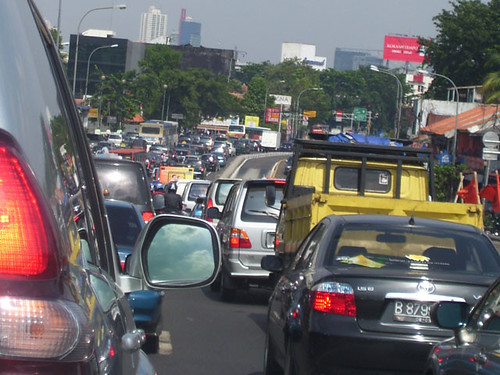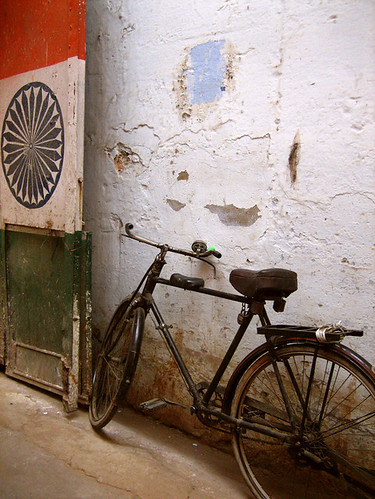Job alert! Transport Planning Manager – ITDP Africa @ Nairobi, Kenya
ITDP is seeking a transport manager with a strong commitment to equity and sustainability and passion to improve urban life in African cities. S/he will provide in depth technical support for project planning, project implementation, policy guidance, and capacity building in multiple fields including street design, public transport, shared mobility, parking management and strategic mobility planning. S/he will also develop technical reports, policy drafts, guidelines and training modules.
The ideal candidate has a demonstrated ability to work creatively with a diverse team. The position will also involve engaging effectively with a range of stakeholders—civic officials, politicians, civil society agents, media, and others—to help build support for sustainable and equitable urban transport. S/he will have a chance to hone his/her technical knowledge and writing skills as well as management skills while gaining exposure to the fields of sustainable transport, city planning, urban design and municipal governance.
The position is based in Nairobi. The candidate may need to travel to other project cities when required. S/he will report to the Africa Program Director and will work closely with ITDP’s Nairobi team, head office staff and international experts.
Key qualifications
- A master’s degree in transportation planning, transportation engineering, city planning or other relevant field, with at least 5-7 years of relevant professional experience.
- Prior experience in transportation planning, including survey design and management, demand analysis, network planning, fare systems, and infrastructure design.
- Experience producing pre-feasibility reports and detailed project reports for transport projects.
- Experience in drafting terms of reference for public transport operations, IT systems and other relevant areas.
- Ability to develop effective infographics and prepare high quality presentations.
- Excellent skills in use of spreadsheets, statistical and database tools and GIS.
- Working knowledge of transport modeling software.
- Familiarity with the Adobe suite preferred.
- Excellent English writing skills.
Key attributes
- Strong commitment to advancing ITDP’s mission and to environmental and social justice.
- Excellent research and analytical skills. You should enjoy working with numbers!
- Demonstrated ability to manage people and projects to successful project outcomes.
- Strong communication skills, including preparing effective graphics and making powerful presentations.
- Ability to communicate complex transport issues through concise, compelling messages.
- Ability to manage multiple priorities and projects with flexibility, work well under pressure and keep to deadlines.
- Ability to maintain high standards while contributing pragmatic ideas.
- Availability to travel frequently.
How to apply
Interested applicants can apply by sending the following information to africa-jobs@itdp.org:
- Resume.
- Samples of written work: thesis abstract, technical reports, etc.
- Samples of visual representations such as GIS maps or infographics.
- A one-page note on improving the bus system in your city (with three specific interventions).
We are unable to consider applications without the above details. The position will remain open until filled.


 Cities worldwide are demonstrating innovation in transport planning by integrating bike, BRT and metro systems, with
Cities worldwide are demonstrating innovation in transport planning by integrating bike, BRT and metro systems, with 


